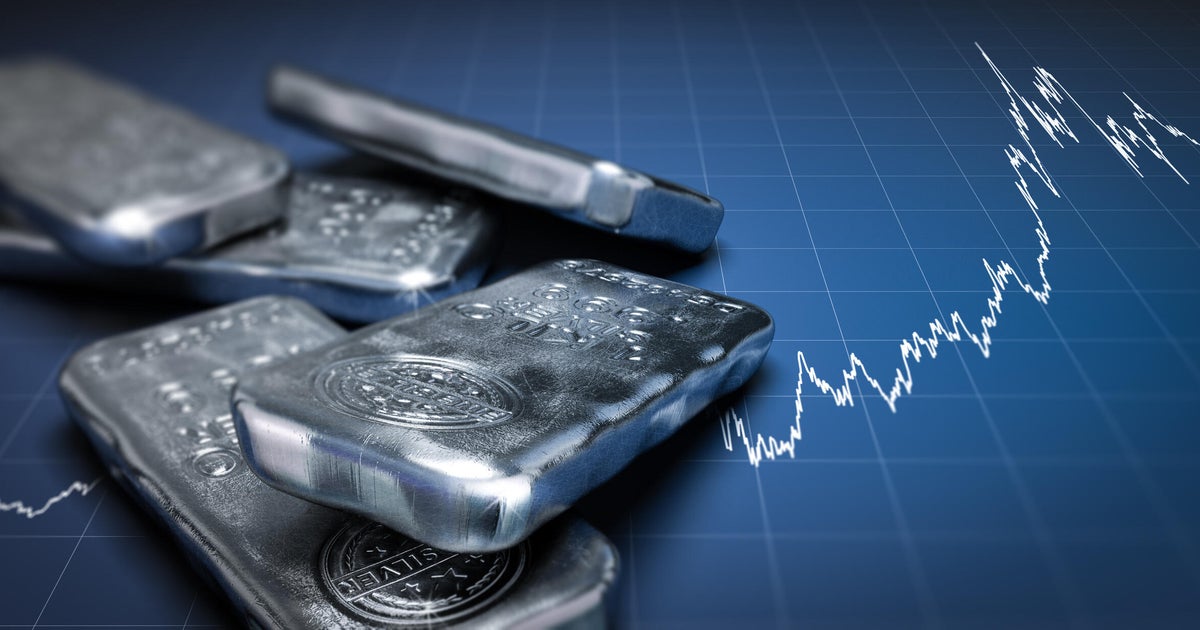Why gold is a safe-haven asset
It's been a rough few years for investors. Persistent inflation — and the continual interest rate hikes meant to combat it — have stretched investing dollars thin and led many to worry about the safety of their portfolios.
During times of market turbulence such as this, investors turn to "safe-haven" assets to protect their wealth. These assets tend to perform well when the economy is shaky and deliver reliable value that can help offset the risk of more volatile assets.
Arguably the most popular safe haven this year has been gold. Gold prices have risen to near-record highs as investors seek out the security and stability the precious metal offers. In this article, we'll explore what makes gold a safe haven and why it can be a smart way to safeguard your portfolio in periods of economic turmoil.
Learn how you can add gold to your portfolio by requesting a free information kit here.
Why gold is a safe-haven asset
Gold has long been considered a safe-haven investment. Here's why:
It's a reliable store of value
Gold has been used as a store of value for thousands of years, and it's still valuable in the modern world.
Unlike fiat currency, which is only accepted in certain countries, gold is universally recognized and cannot be devalued by overprinting. It's a tangible commodity used in everything from electronics to jewelry, so it's always in demand. And when economic downturns increase demand, this finite resource is worth even more.
It's a hedge against inflation
Inflation can erode the value of your investments as the price for goods and services increase and the purchasing power of the dollar decreases. By contrast, gold retains its value in inflation — and often becomes more valuable as demand rises.
For example, in the 1970s, interest rates skyrocketed into double digits, reaching 13.82% by the start of 1980. Over that same decade, gold prices soared from $35 to $850 per share, according to NASDAQ data. This inverse relationship makes gold a great way to preserve value in your portfolio when inflation is high.
It performs well during market downswings
During times of political and economic upheaval, investors flock to dependable assets like gold, driving up the value.
For instance, the price of gold increased in six of the eight largest stock market crashes in the last 40 years, according to GoldSilver. During the 2007 to 2009 recession, for example, the S&P 500 index fell by 56.8%, but gold prices rose by 25.5%.
In other words, while down markets wreak havoc on some assets, they're precisely when gold shines as an investment.
Get a free investment guide here to learn more about gold investing.
It protects your portfolio from losses
Some investments, such as stocks, are highly volatile and subject to market fluctuations. While stocks may see a meteoric rise in value overnight, they can also see a catastrophic fall, devastating your portfolio.
That's why experts recommend diversifying your portfolio with a mix of assets to maximize your returns and minimize risk. Gold has a negative correlation with assets like stocks, meaning it tends to benefit from market movements that drive down stock values.
By keeping 5% to 10% of your investments in gold, you protect yourself from losses from assets like stocks — which are still worth holding but must be counterbalanced by more conservative investments.
Learn how you can start investing in gold with a free investors kit.
The bottom line
If you're looking for a way to protect your investment portfolio, gold is worth considering. It has stood the test of time as a reliable store of value and inflation hedge, and its positive performance during market downturns makes it a great way to protect your investment dollars from losses.
Of course, as with any investment, be sure to do your research, carefully consider your options and consult a financial advisor for customized advice on how to incorporate gold into your investing strategy.






